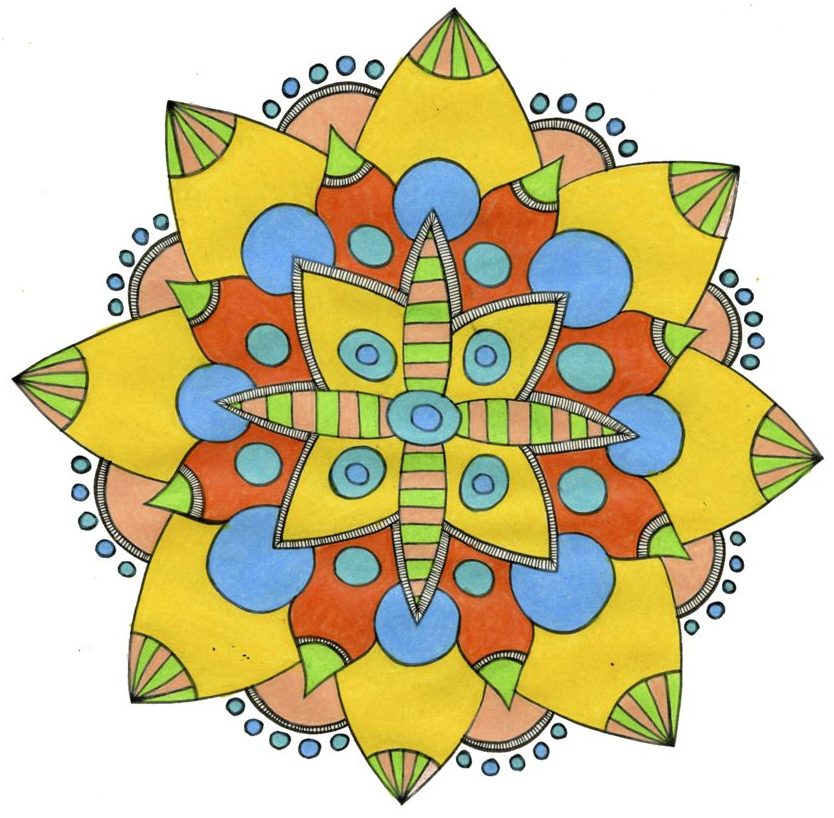The illustrator Lian Cho did impressive research for the illustrations in the book, digging deep for scenes of everyday life in the countries whose languages or customs are referenced in A Hundred Thousand Welcomes.
Source for population statistics:
https://worldpopulationreview.com/ , accessed on 20 March 2022
Source for language statistics:
Eberhard, David M., Gary F. Simons, and Charles D. Fennig (eds.). 2022. Ethnologue: Languages of the World. Twenty-fifth edition. Dallas, Texas: SIL International. Online version: http://www.ethnologue.com.
In order of appearance:
Pages 1-6
Israel, Middle East (Western Asia)
Population of Israel: 8,885,446
Primary Languages: Hebrew; Standard Arabic
Total users in all countries, Hebrew: 9,387,050
Writing system, Hebrew: Hebrew script
When the book opens, readers are welcomed into a sukkah, a temporary shelter that might be found in Israel, or at the home of any observant Jewish family. A sukkah is a shelter built for Sukkot, a seven-day-long religious observance, during which families gather to celebrate the autumn harvest and to remember the ancient Jews’ escape from Egypt who, for forty years, wandered the desert, living in temporary shelters.
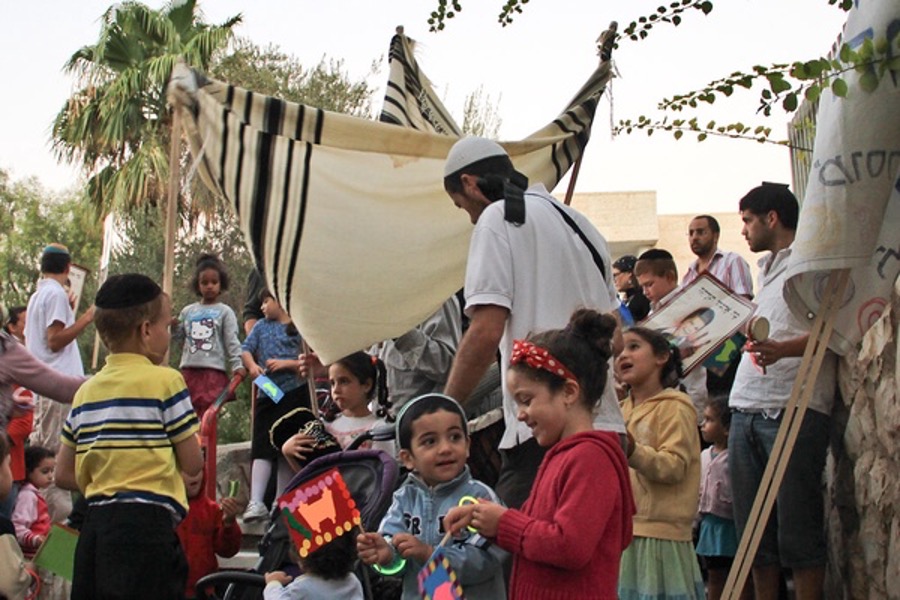
Pages 1-6
In the book illustration:
Challah is an unleavened bread, often braided, that is traditionally served on Shabbat and at other Jewish ceremonial occasions or holidays. Can you find the loaf of challah that the two families will share in the sukkah?
Pages 7-8
Yogyakarta, Indonesia, Southeast Asia
Population of Indonesia: 278,352,583
Principal Language: Indonesian
Total users in all countries: 198,996,550
Writing system: Arabic, Naskh variant
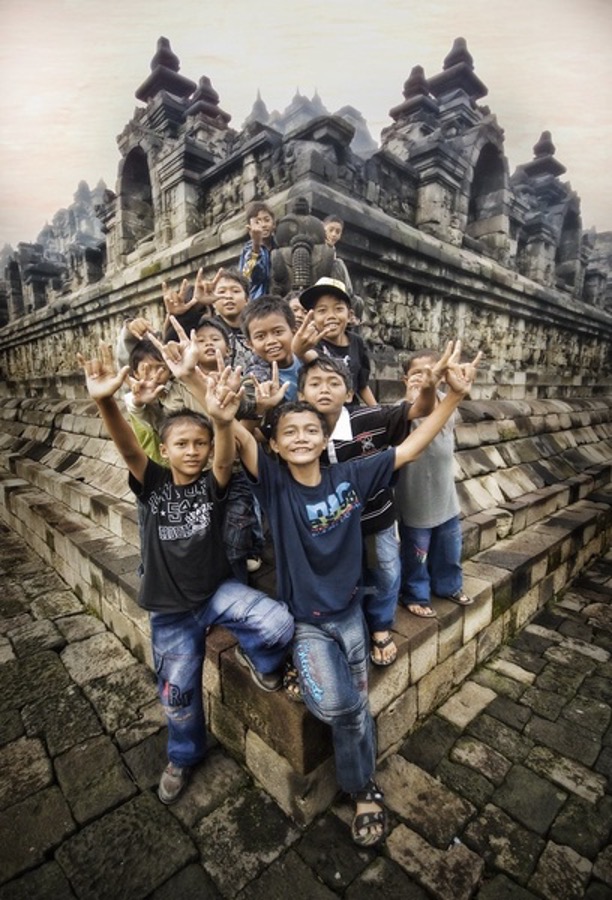
Bowing heads as a way of greeting one another is customary in Korea, Japan, Vietnam, and China, and communicates respect and deference. The ancient Sanskrit greeting, namaste, is used by Hindus and has been adopted by many others. Translated into English, it means “I bow to the God/spirit/light within you,” so is often said while bowing.

Pages7-8
In the book illustration:
The heads, necks, and hair of the women are wrapped in cloth coverings called hijabs. Hijab is an Islamic concept of modesty and privacy.
An important note: Muslims do not bow to one another; they bow only to God. Pages 7-8, therefore, will be corrected at future reprints.
Page 9
Khan el-Khalili Bazaar, Egypt, Northern Africa
Population of Egypt: 105,622,007
Language: Egyptian Spoken Arabic; Standard Arabic
Total users in all countries: 273,989,700
Writing system: Arabic script, Naskh variant

Page 9
In the book illustration:
What do you think the merchant is selling?
Page 10
Madrid, Spain, Southern Europe
Population of Spain: 46,726,238
Principal Language: Spanish (Castilian)
Total users in all countries: 548,333,810
Writing system: Latin script
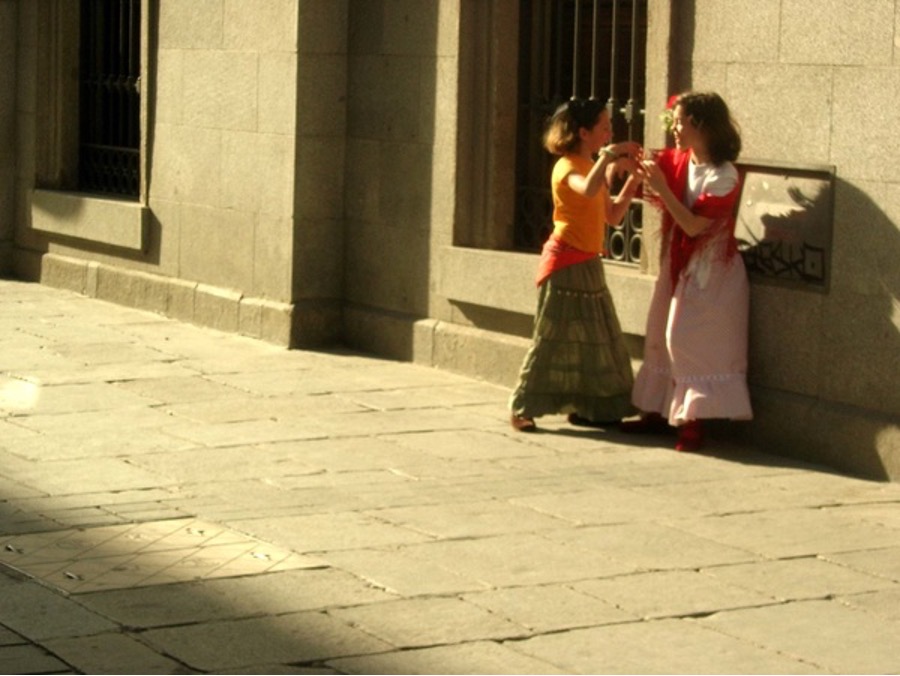
Page 10
In the book illustration:
See if you can spot Lian’s tribute to the people across Europe who sang to and with one another from their balconies during the Covid-19 pandemic in 2020.
Page 11
Taiwan, Eastern Asia
Population of Taiwan: 23,879,031
Principle Language: Mandarin Chinese
Total users in all countries: 1,118,584,040
Writing system: Bopomofo script; Han script, simplified variant; Han script, traditional variant

Page 11
In the book illustration:
Lian Cho painted the book’s scene from memory and is her recollection of a family gathering at her grandparents’ home. The white-haired woman pictured is a portrait of Lian’s own grandmother. Young Lian is also there, wearing an orange shirt. Can you find her?
Pages 13-14
Chuo City, Tokyo, Japan, Eastern Asia
Population of Japan: 125,714,516
Language: Japanese
Total users in all countries: 125,399,270
Writing system: Han script; Hiragana script; Katakana script
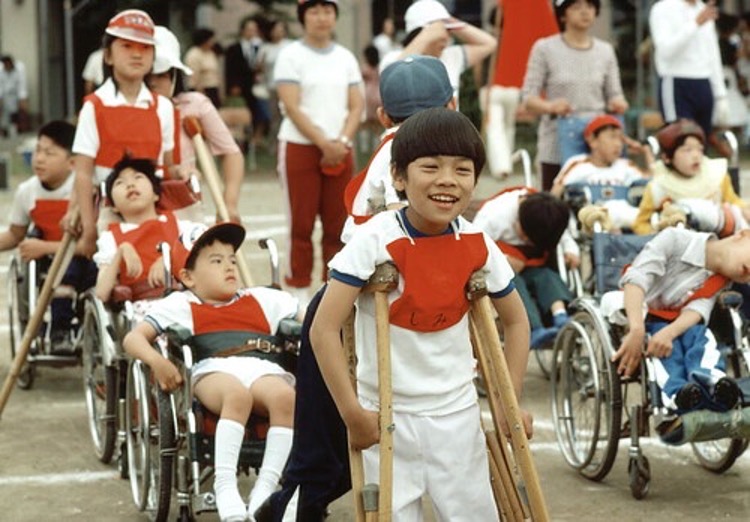
Pages 13-14
In the book illustration:
There is a small scene/gesture that demonstrates the measure of respect and honor paid to one’s elders in the Japanese culture. See if you can find it.
Pages 15-16
Bangladesh, Southern Asia
Population of Bangladesh: 167,443,405
Principal language: Bengali
Total users in all countries: 272,674,940
Writing system: Bengali script

Pages 15-16
In the book illustration:
Can you spot the brightly colored tuktuk, a three-wheeled motorcycle taxi?
Page 17
Mexico, Central America
Population of Mexico: 131,196,909
Language: Spanish (Castellano)
Total Spanish users in Mexico: 125,000,000
Writing system: Latin script
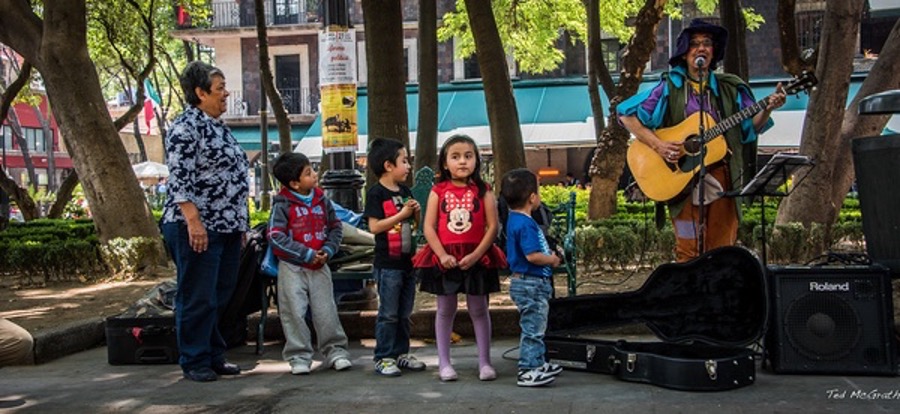
Page 17
In the book illustration:
The abuela has made ceviche, menudo, and tacos for her grandchildren. She pours water into cups from a clay water jug called a jara (jarro?).
If you look up ceviche and menudo, maybe you would like to taste them, too!
Page 18
Dorze region, Ethiopia, Eastern Africa
Population of Ethiopia: 119,987,447
Principal language: Amharic
Total users in all countries: 57,466,560
Writing system: Ethiopic script
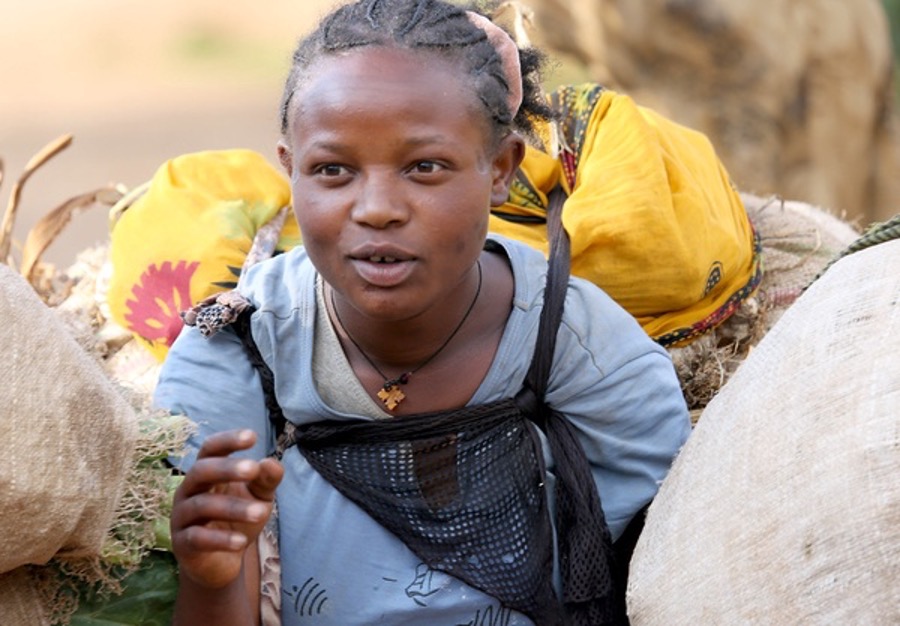
Page 18
In the book illustration:
The Dorze children in the illustration are eating kocho, a fermented flat bread, with honey and hot sauce.
Page 19
Germany, Western Europe
Population of Germany: 83,873,315
Principal language: Standard German
Total users in all countries: 134,624,440
Writing system: Latin script

Page 19
In the book illustration:
Can you spot someone toasting a marshmallow?
Page 20
India, Southern Asia
Population of India: 1,402,917,192
Principal languages: Hindi; English
Total users in all countries, Hindi: 602,198,470 Writing system, Hindi: Devanagari script
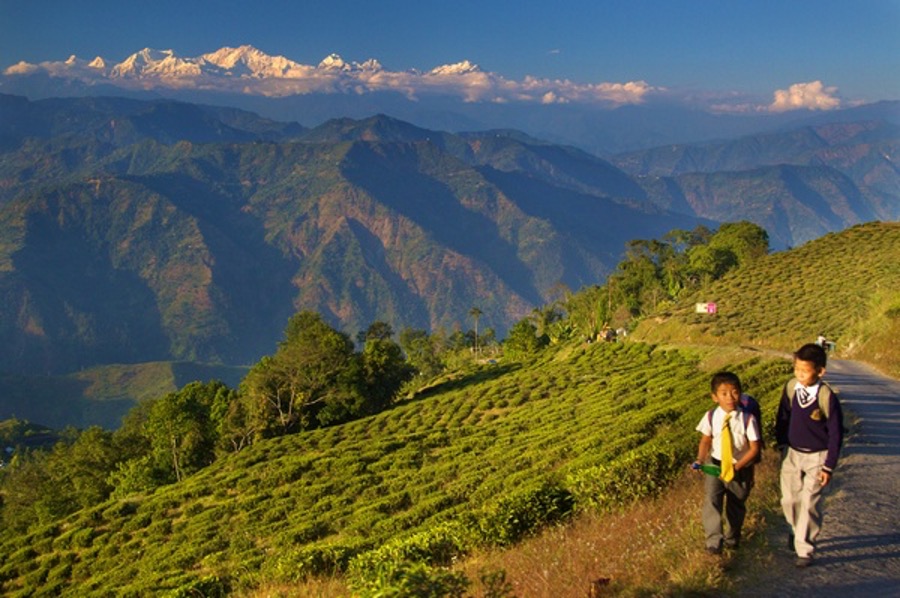
Page 20
In the book illustration:
Can you identify the ingredients and tools the chaiwallah (tea vendor) uses to make the chai: cinnamon sticks, cardamom pods, sugar, fresh ginger root, a grinding stone, a strainer?
Page 21
Pakistan, Southern Asia
Population of Pakistan: 228,286,070
Principal languages: English; Urdu
Total users in all countries, Urdu: 231,295,440
Writing system, Urdu: Arabic script, Naskh variant; Arabic script, Nastaliq variant
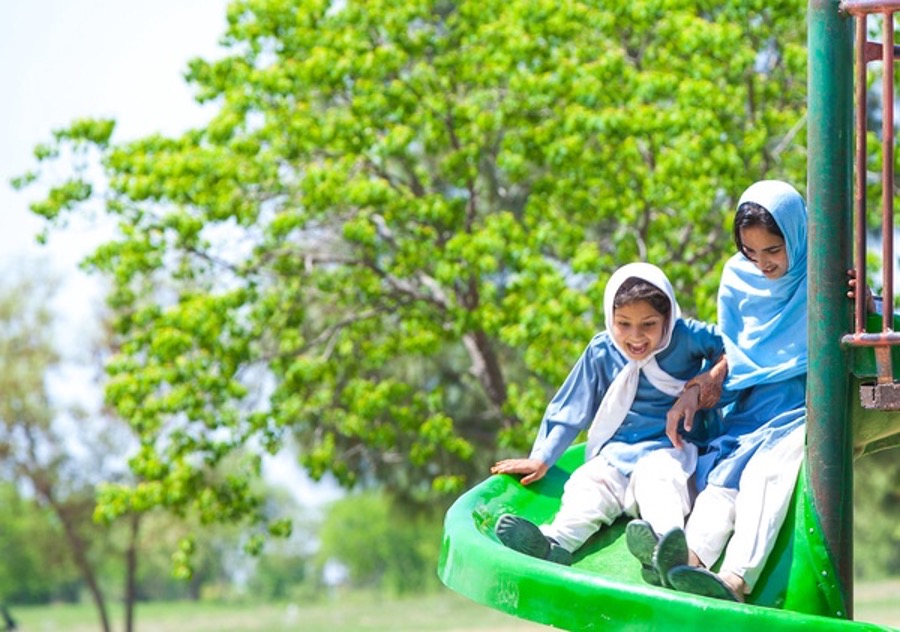
Page 21
In the book illustration:
How many different patterned fabrics can you find in the illustration?
Pages 22-23
Pakistan
Islam is the official religion of Pakistan, practiced by about ninety-six percent of the population. Freedom of religion is a fundamental right of all Pakistanis, guaranteed by the republic’s constitution.
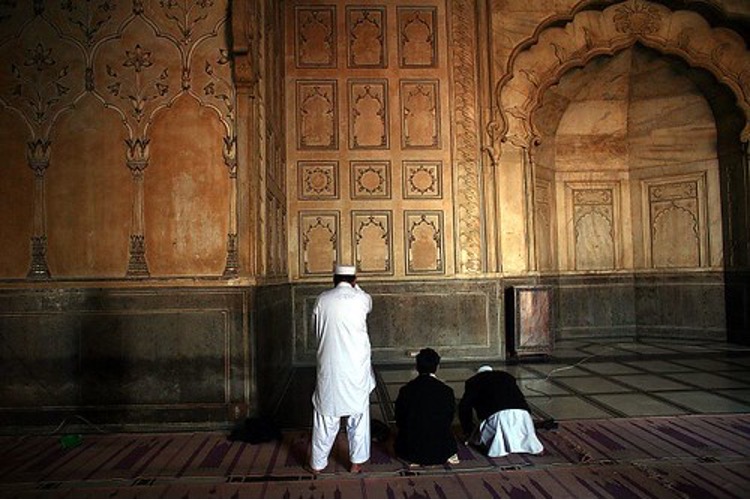
Pages 22-23
In the book illustration:
Can you spot the dome of a nearby mosque, gleaming against a sunset sky? A mosque is a Muslim place of worship.
Page 24
Cheyenne River Reservation, South Dakota, USA
As of 2022, according to the US census bureau, the total Native American population of the US is 6.79 million, or 2.09% of the entire population. The Department of the Interior of the US government maintains a listing of about five-hundred-seventy federally recognized indigenous nations. Among them are the Lakota, often referred to as the Great Sioux Nation.
Indigenous language of the Lakota Sioux: Lakota
Total users in USA, Lakota: 2,100
Total users in all countries, Lakota: 2,200
Writing system: Latin script
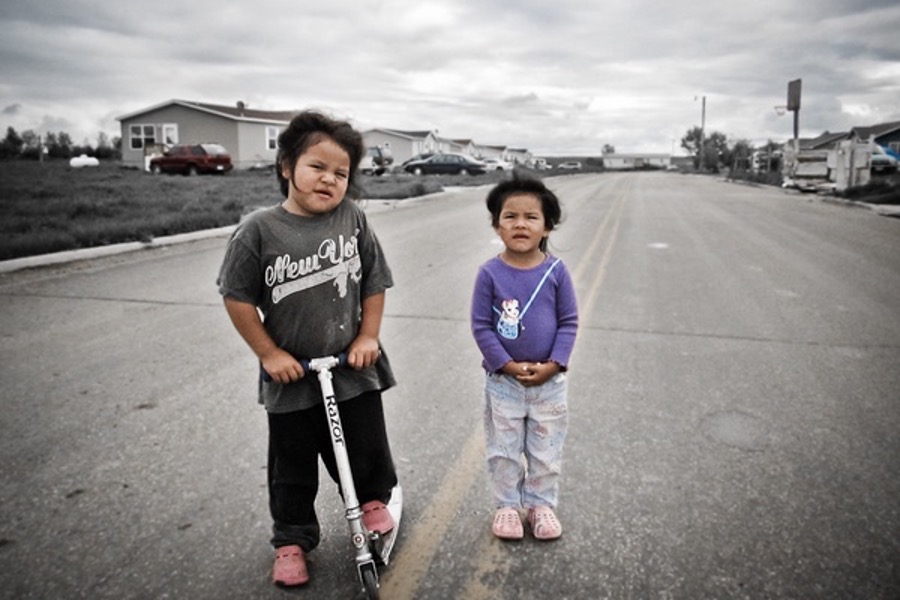
Population of USA: 334,268,062
Principal language, USA: English
Total users in the USA, English: 306,000,000
Total users in all countries, English: 1,452,471,410
Writing: Latin script
Page 24
In the book illustration:
The children are playing a game called shinny. Does shinny remind you of any other games?
Page 25
Republic of Bashkortostan, Russia, Eastern Europe/North Asia
Population of Russia: 145,831,337
Population of Republic of Bashkortostan, as of 2010 census: 4 million
(source: UNPO: Bashkortostan)
Language, Republic of Bashkortostan: Bashkort
Total users in Russia, Bashkort: 1,150,000
Total users in all countries, Bashkort: 1,240,940.
Writing system: Cyrillic script

Page 25
In the book illustration:
Can you tell what kind of house the family lives in? What do you think it is built out of?
Pages 26-27
Ireland, Northern Europe
Population of Ireland: 5,009,201
Principal language: English
Writing system: Latin script
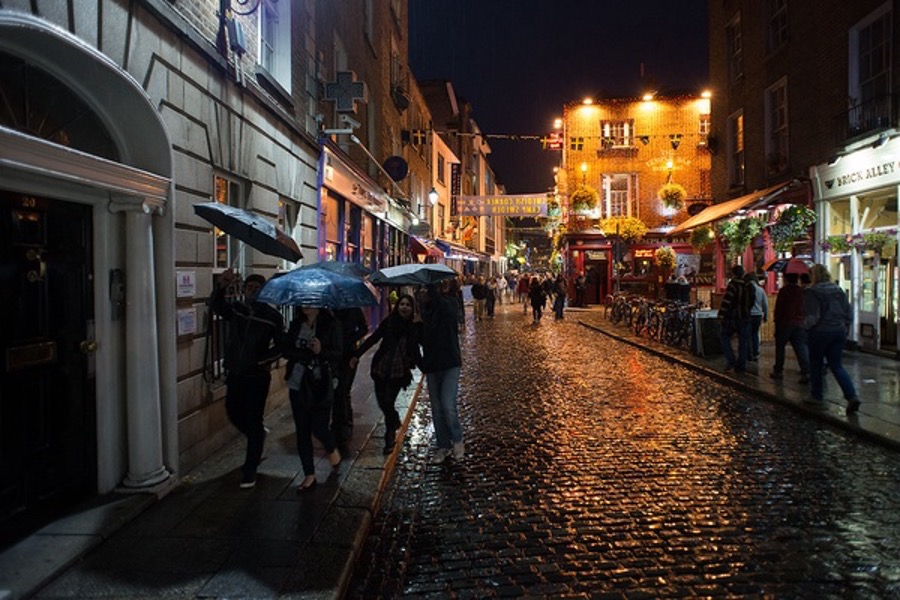
Statutory language of national identity: Irish (Gaelic)
Total number of users, Ireland: 1,171,000
Total number of users in all countries: 1,200,290
Pages 26-27:
In the book illustration: How would you describe the weather in the picture?
Ireland is notoriously rainy. Southern and eastern Ireland get as many as 150 days of rain per year on average, while the western part of the country gets about 225 days.
Pages 28-29-30-31 (gatefold)
Ireland
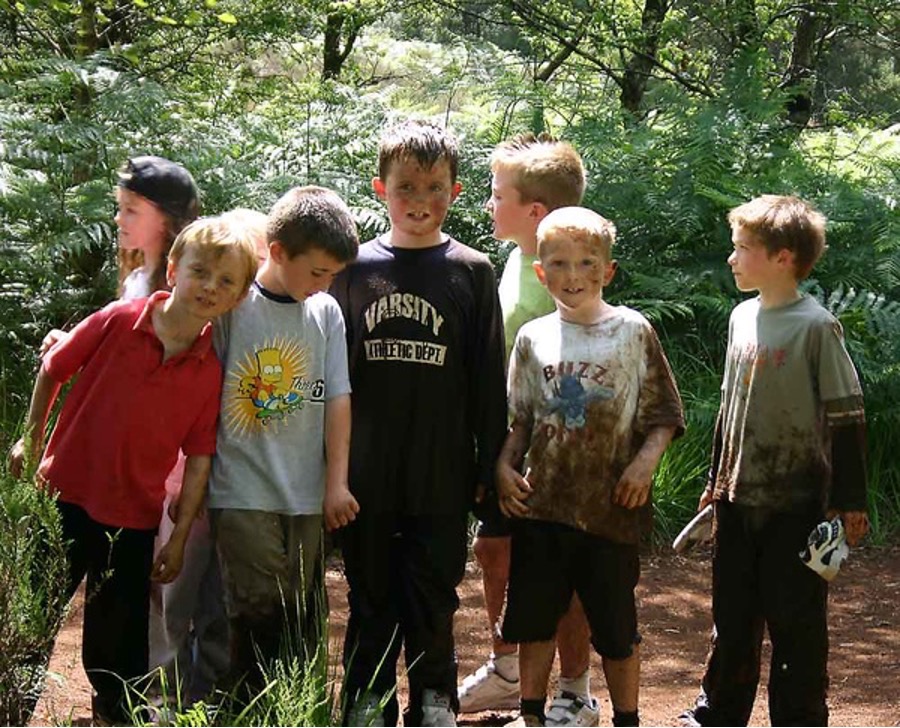
Pages 28-29-30-31
In the book illustration:
Do you recognize the people seated at the table? See if you find them elsewhere in the book!
In the book illustration—reading left to right—the food on the table is:
challah: Jewish
fattah: Egyptian
enjera: Ethiopian
naan: Indian
tacos: Mexican
menudo: Mexican
sushi: Japanese
honey: Bashkortostan
tumpeng: Indonesian
baozhi: Chinese
kunafa: Egyptian
tea: Japanese; Chinese
dumplings: Chinese
wohanpi: Native American
pretzels: German
wojabi jam: Lakota Siouan
fruit cake: Irish
fry bread: Native American
chak chak: Bashkortostan
steamed fish: Chinese
curry: Indian
biryani: Bangladeshi
samosa: Indian
curries: Pakistani; Indian
naan: Indian
pork shank: German
